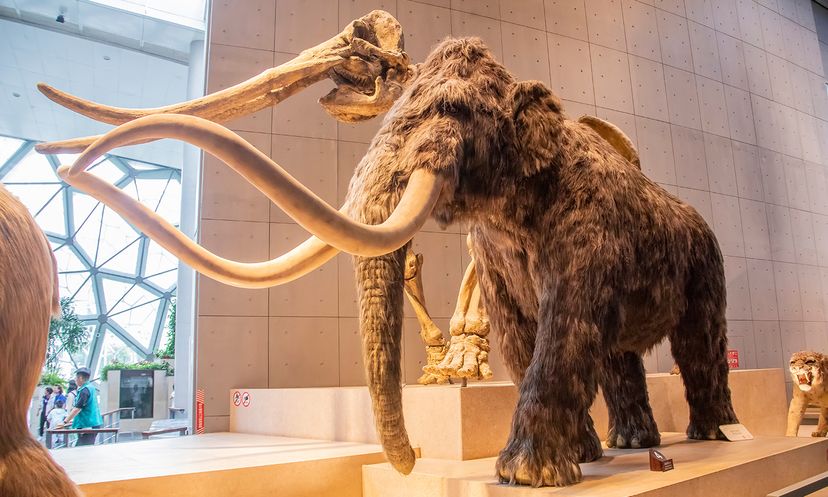
The woolly mammoth: an iconic extinct species that once roamed the vast arctic tundra during the last ice age. These colossal creatures disappeared thousands of years ago, but now, scientists are working to bring them back.
The woolly mammoth project, led by geneticist George Church, aims to revive this lost species using cutting-edge technology and genetic engineering to bring about something like a real-live woolly mammoth clone.
Advertisement